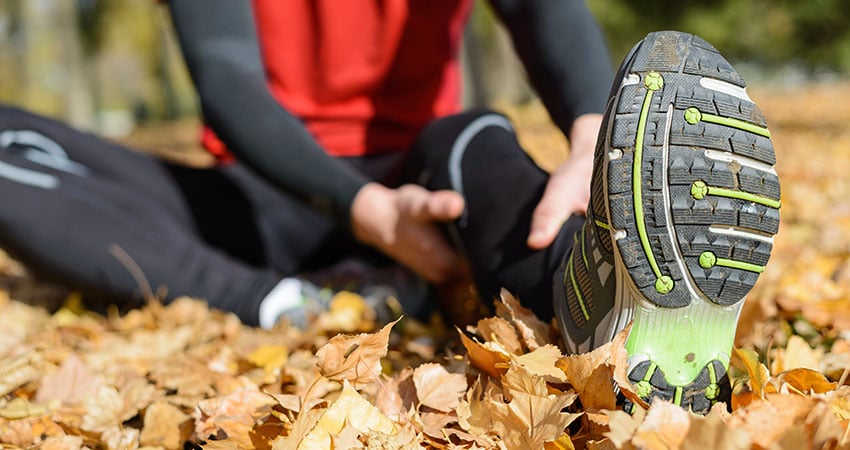Although teenagers are typically healthy during adolescence, there is a spectrum of diseases and injuries that are exclusive to this age group. The teenage growth spurt coupled with increased activity levels and hormonal rushes can place extra stress on the tendons and muscles making them more prone to injuries which, if severe, may need immediate help of orthopedic doctors. Sports injuries and heritable conditions are also more likely to creep up in the adolescence phase.
Osgood-Schlatter Disease
The Osgood Schlatter disease is caused due to overuse of the knee joint or an injury in the area that causes swelling and pain in the area just below the knee joint. The region of the patella and the surrounding soft tissues and bursa become highly inflamed in part due to constant pulling of the tendons where they join the knee joint. This usually occurs in young boys and girls, who come under the age bracket of 8-15 years old.
Most youngsters who engage in athletic activities such as football, basketball and soccer are the ones who are prone to suffering from the condition. In these youngsters, the bones grow fast, whereas the muscles and tendons swell and stretch to meet the demand of increased activity levels.
Medical evaluation is advised, after a thorough check up, basic history check and a few x-rays, doctors will prescribe anti-inflammatory medications, knee elevation, bed rest and physical therapy. The disease overall has a good outcome with over 90% healing and a small percentage of children needing surgical intervention.
Scoliosis
Scoliosis, also known as a lateral curvature or bending of the spine towards the sideways. This disorder can either be acquired as result of sustaining injuries or can be inherited in families or as a consequence of cerebral palsy. Young adolescent girls are usually prone to developing the condition as compared to their male counterparts. Usually, the age bracket affected is anywhere between 10- 18 years old. The diagnosis of scoliosis is a medical one, which is why medical opinions should be sought too early on in the course of the disease. Parents must not confuse the disease with simple bad posture.
After a thorough check up and evaluation, doctors may advise radiological testing such as a C.T scan or MRI. The treatment depends on the extent of the disease, if it’s mild to moderate, an initial trial of bracing is usually advised. For more severe cases, surgery is advised. Proper counselling of the parents and the child is advised as scoliosis can lead to permanent physical deformities if not treated immediately.
Sprains And Strains In The Young Teenager
As is expected, young adults are generally more physically active whether it’s after school sports activities or running for the town’s foot football team. In this scenario, strains and sprains become the most common orthopedic complaints seen in this age group. A sprain is nothing but a ligamentous injury as a result of stretching and straining the joint. The most common injury usually seen is at the ankle joint. Symptoms are usually pain, swelling and tenderness in the affected area with limited range of motion of the affected joint.
In such cases, referring to an orthopedic emergency is vital, after a few checkups and radiologic examinations, most youngsters respond to the usual treatment of casting, splinting, joint immobilization, icing, elevation of the area and simple over the counter pain medications.
Slipped Capital Femoral Epiphysis
Slipped capital femoral epiphysis is a rare condition that affects many young children and teenagers. This condition arises in the hip joint when the femoral head slips off the neck of the thigh bone. The condition can arise in both hip joints with males generally more affected than their female counterparts.
Symptoms include acute limpness, sudden pain in the hip, groin and knee regions and a peculiar clicking sound when the child attempts to walk on the affected knee. Causes of the disease can vary, apart from heritable factors, trauma, fall, or exposure to chemo and radiation therapy are some of the causes of the acquired form. After a medical and radiologic evaluation, most teenagers will undergo surgical intervention and physical rehabilitation.
So this was a beginner’s guide to some of the orthopedic conditions that teenagers can suffer from. Hopefully it will provide some insight on how to recognize the signs and approach the disease. Make sure to get the appointment of an orthopedic surgeon McLean as soon as possible if any of those conditions are diagnosed.



